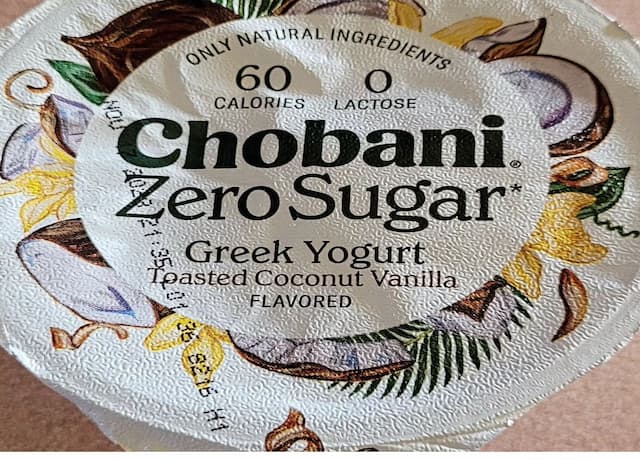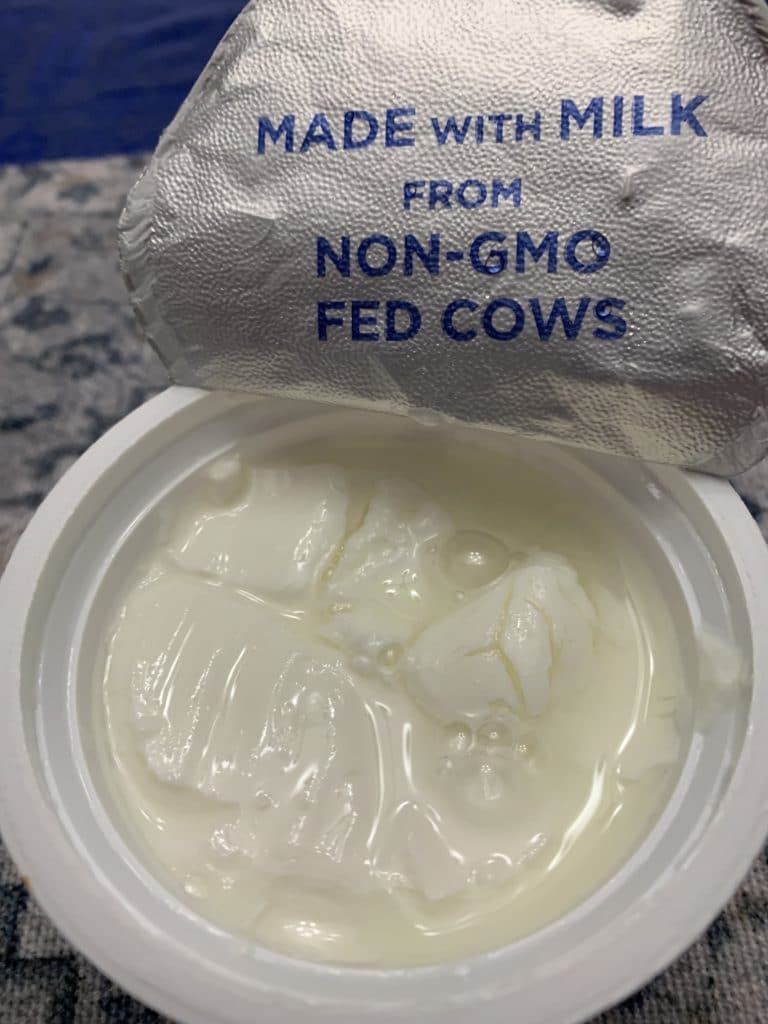How Long Is Greek Yogurt Good After Expiration

那一天我问了关于希腊酸奶是否会过期的事宜。
Figuring out whether or not to toss that container of Greek yogurt past its printed date can be a tricky decision. While expiration dates often serve as a guide, they don't necessarily indicate when a food becomes unsafe to eat. This article delves into the factors determining the shelf life of Greek yogurt and provides guidance on how to assess its edibility.
Understanding "Expiration" Dates
It's crucial to understand the difference between "expiration dates," "sell-by dates," and "best-by dates." These dates, often found on food packaging, aren't always indicators of safety, but rather of peak quality as determined by the manufacturer. According to the USDA's Food Safety and Inspection Service (FSIS), with the exception of infant formula, product dating is generally voluntary and is not required by federal regulations.
Expiration dates usually indicate the last day a retailer should sell the product, allowing consumers reasonable time for home storage and consumption. Sell-by and best-by dates are indicators of optimal flavor and quality, and the food may still be safe to consume after those dates. Food manufacturers, like Danone and Chobani, are responsible for determining these dates.
Greek Yogurt: A Unique Case
Greek yogurt, unlike regular yogurt, undergoes a straining process that removes whey, resulting in a thicker, creamier texture and higher protein content. This process also reduces the lactose content, which might contribute to a longer shelf life compared to traditional yogurt. However, its acidity also acts as a natural preservative, inhibiting the growth of many spoilage bacteria.
According to food safety experts, properly refrigerated Greek yogurt can often be consumed safely for 1-2 weeks beyond the date printed on the container. However, this timeframe isn't a guarantee, and several factors can influence the actual shelf life. Improper storage, temperature fluctuations, and contamination can shorten the usable life of the yogurt.
Assessing Safety: Look, Smell, Taste
The most reliable way to determine if Greek yogurt is still safe to eat is through sensory evaluation: look, smell, and taste. Examine the yogurt for visible signs of mold, which can appear as fuzzy patches of various colors. A significant change in color or a separation of whey (liquid) beyond the normal amount is also a red flag.
The smell test is equally important. If the yogurt has a sour or off-putting odor, it should be discarded. Fresh Greek yogurt typically has a mildly tangy, slightly acidic aroma.
Finally, if the yogurt looks and smells normal, take a small taste. If it tastes overly sour, bitter, or otherwise unpleasant, it's best to err on the side of caution and throw it away. Trust your senses; they are the best tools for determining safety.
Factors Affecting Shelf Life
Several factors can impact how long Greek yogurt remains safe to eat after its printed date. Proper refrigeration is paramount; yogurt should be stored at a temperature between 33°F and 40°F (1°C and 4°C). Temperature fluctuations, such as repeatedly leaving the yogurt out at room temperature, can accelerate spoilage.
Contamination is another key factor. Always use a clean spoon when scooping yogurt to prevent the introduction of bacteria. Avoid double-dipping, and seal the container tightly after each use.
The type of Greek yogurt can also play a role. Plain, unflavored Greek yogurt tends to have a longer shelf life than flavored varieties, as added sugars and fruits can provide nutrients for spoilage microorganisms.
Potential Risks of Consuming Spoiled Yogurt
Eating spoiled Greek yogurt can lead to unpleasant symptoms such as nausea, vomiting, stomach cramps, and diarrhea. These symptoms are usually caused by the ingestion of spoilage bacteria that have multiplied to harmful levels. In severe cases, food poisoning can require medical attention.
Individuals with weakened immune systems, such as pregnant women, young children, and the elderly, are more vulnerable to the effects of foodborne illnesses. For these individuals, it is especially important to be cautious about consuming food past its printed date.
Tips for Extending Shelf Life
To maximize the shelf life of Greek yogurt, follow these tips: Store it promptly in the refrigerator after purchase. Ensure your refrigerator is set to the correct temperature.
Avoid storing yogurt in the refrigerator door, where temperatures can fluctuate more frequently. Use clean utensils when serving and reseal the container tightly after each use. Consider freezing Greek yogurt for longer storage, although this may affect the texture (it can become grainy after thawing).
Conclusion
While Greek yogurt can often be safely consumed for a week or two after its printed date, relying solely on the date is not recommended. Employing sensory evaluation – looking for visual signs of spoilage, smelling for off odors, and tasting for unpleasant flavors – is the most reliable method for determining edibility. By practicing proper storage techniques and using your senses, you can minimize waste and enjoy your Greek yogurt with confidence.

















